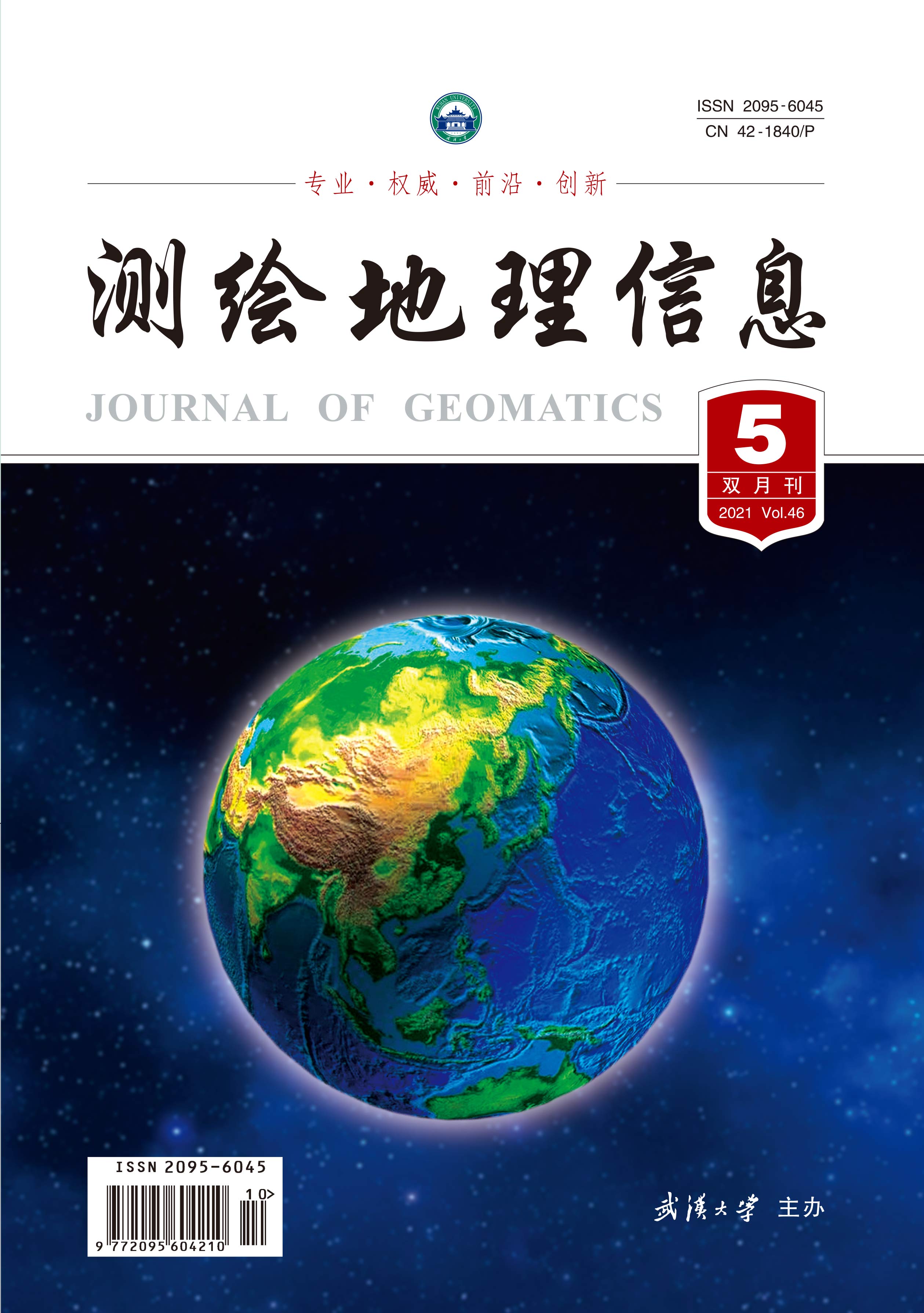Analysis of sea ice concentration and thickness over Barents Sea using standard logistic curve model
Q4 Computer Science
引用次数: 0
Abstract
As marginal, the Barents Sea plays a major role in the process of Atlantification, and large seasonal variability in sea ice is observed over the region. Current sea ice concentration and thickness obtained from satellite help one understand the variation in sea ice is seasonal. During summer, the concentration and thickness of sea ice are seen to fall, and during winters, it is seen to rise. In order to understand the difference in these variabilities and to analyse the future state of sea ice, a standard logistic curve model is considered. The standard logistic curve model is applied to sea ice parameters during summer and winter to quantify the sea ice growth and decay processes over the Barents Sea.The model yields predicted values based on the adjustment parameter (b) used.Results show that the predicted sea ice concentration performs well with the satellite sea ice concentration values. The model is run on the timeframe grouped into two, with each set having an average of ten years from 2000-2020. For the decay process, the fitted sea ice concentration decay curves derived from the standard logistic curve model are in good agreement with the observed data for the two timelines, with r2 = 0.88 and 0.87, respectively. Similarly, for the growth process, the relevant fitted decay curves derived from the standard logistic curve model are also in good agreement with the observed data during the above different time periods withr2= 0.80 and 0.78, respectively. Further, the model is implied to sea ice thickness, and the result obtained by the logistic curve model is found to be consistent with the satellite sea ice thickness with r2 = 0.75 for the years 2011–2020. Particularly, both the rapid sea ice increase pattern during the growth process and the remarkable decrease pattern during the decay process are successfully characterized by the corresponding fitted curves. The introduction of calculated adjustment parameters into the model helps in accurately determining the sea ice variables, which brings us closer to conservation tools that mitigate therisks associated with rapid sea ice loss.用标准logistic曲线模型分析巴伦支海海冰浓度和厚度
作为边缘,巴伦支海在大西洋化过程中起主要作用,该地区海冰的季节性变化较大。目前由卫星获得的海冰浓度和厚度有助于人们了解海冰的季节性变化。在夏季,海冰的浓度和厚度会下降,而在冬季则会上升。为了理解这些变量之间的差异并分析海冰的未来状态,我们考虑了一个标准的logistic曲线模型。将标准logistic曲线模型应用于夏季和冬季海冰参数,量化了巴伦支海海冰的生长和衰减过程。该模型根据所使用的调整参数(b)产生预测值。结果表明,预测海冰浓度与卫星海冰浓度值吻合较好。该模型运行的时间框架分为两组,每组从2000年到2020年平均为十年。对于衰减过程,标准logistic曲线模型拟合的海冰浓度衰减曲线与两个时间线的观测数据吻合较好,r2分别为0.88和0.87。同样,对于生长过程,由标准logistic曲线模型拟合得到的相关衰减曲线也与上述不同时间段的观测数据吻合较好,其thr2分别为0.80和0.78。模型对海冰厚度进行了隐含,logistic曲线模型与2011-2020年卫星海冰厚度的拟合结果符合,r2 = 0.75。特别地,用相应的拟合曲线成功地表征了海冰在增长过程中快速增加的模式和在衰减过程中显著减少的模式。在模型中引入计算的调整参数有助于准确地确定海冰变量,这使我们更接近于减少与海冰快速损失相关的保护工具。
本文章由计算机程序翻译,如有差异,请以英文原文为准。
求助全文
约1分钟内获得全文
求助全文
来源期刊

测绘地理信息
Earth and Planetary Sciences-Earth-Surface Processes
CiteScore
0.20
自引率
0.00%
发文量
4458
期刊介绍:
 求助内容:
求助内容: 应助结果提醒方式:
应助结果提醒方式:


